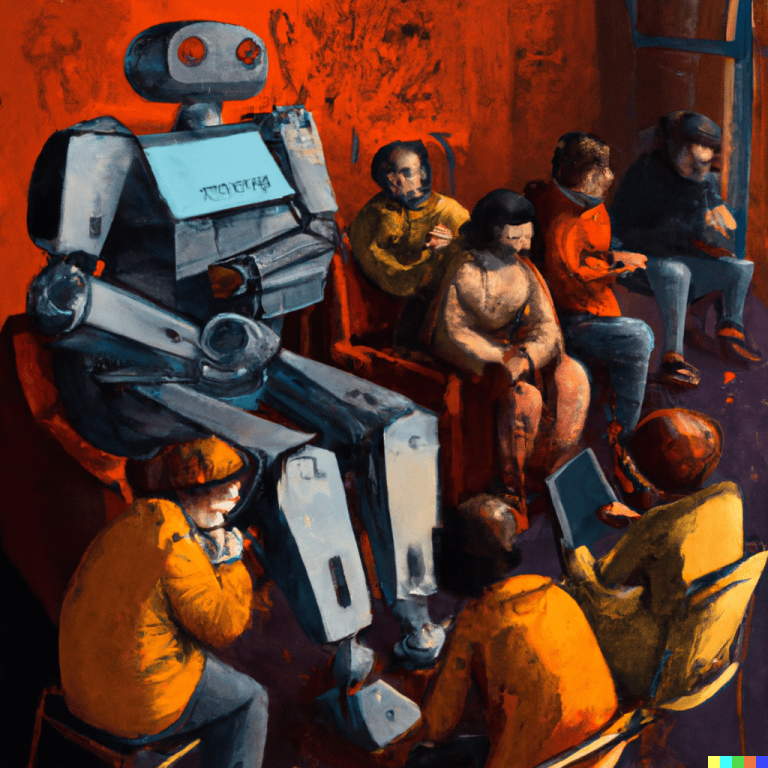The culture of innovation as the driving force behind organisations
12 January, 2016
According to a study by consultants McKinsey, by 2027, more than 75% of companies on the current Fortune 500 ranking will be replaced by innovative firms with disruptive ways of doing business that allow them to launch solutions onto the market more quickly. Other research, such as that carried out by Digital Vortex- DBT Centre, indicates that, in five years time, four out of every ten companies will be kicked out of the rankings due to technological change.
This digital transformation is being led by start-ups bringing new disruptive business models to the table. These are young, innovative organisations characterised by hyper-connectivity and fluid collaboration with and between their users, with an ability to process large amounts of information to understand the needs of their customers and provide them personalised solutions in record time.
These are highly adaptable companies that attach great importance to an organisational structure aimed at empowering the individual and concerned with giving greater sense and purpose to their professionals’ jobs, to bolster their commitment to the company.
In terms of work structure, these are highly adaptable companies that attach great importance to an organisational structure aimed at empowering the individual and concerned with giving greater sense and purpose to their professionals’ jobs, to bolster their commitment to the company. Their models tend to be focused on the leadership and entrepreneurship of each worker as a formula for encouraging innovation and boosting productivity.
The management model of these organisations is in part connected with the values-based management philosophy (S. Dolan, S. García), which states that “people, with their different values, must form the basis of a business’s organisation. This fosters creativity in the resolution of complex problems, incentivises professionalism in a network-based organisation and encourages commitment, learning and creativity”.
We should not therefore be surprised at the efforts of such organisations to focus on strategies that permit the proper definition of their culture and its effective transmission to workers so that they feel identified with and committed to its values.
To keep pace with these new digital businesses, large organisations need to innovate so as not to miss out on the digital revolution. However, according to IBM research, their main obstacle to doing so is not budget- or process-related, but one of culture. To overcome this, as Philippe de Ridder (Board of innovation) notes, we need to propitiate a change in mentality and culture to create innovators.
But what do we mean by a culture of innovation?
A culture of innovation rests on six pillars that make it up dynamically: values, behaviour, climate, processes, resources and success. And it is manifested by a series of aspects that should guide employee conduct towards the cause of innovation in organisations. The application of workers’ imagination, experience and independence in their work activities, as well as leadership actions aimed at promoting them, are some of the elements of this culture.
Some of the dynamics providing support for the culture of innovation are:
1. Values: How management conveys the organisation’s goals, and how it helps to achieve them. For example, if it encourages a culture of accepting failure, to help workers to take risks and explore new ideas for solving problems.
2. Behaviour: How leaders and workers act to achieve innovation goals. How leaders inspire and motivate workers in the search for new, innovative solutions to the company’s challenges, feedback they give on their efforts, the help given to teams to overcome administrative or resource-related obstacles. Also whether people are encouraged to collaborate with each other, creating connections and synergies and sharing information.
3. Climate: There is a need to create an atmosphere that fosters commitment and enthusiasm, one which features a shared common language of innovation and facilitates the taking of risks within a safe environment. There is also a need to promote learning as a philosophy of life and independent and free thought. Providing time for destructured thinking, promoting among workers a sense of curiosity, initiative, research and exploration. The goal is to create a healthy creative tension to enrich competitiveness and debate.
4. Resources: Made up of three main factors: people, systems and projects to foster innovation and training for innovation. Of these, “people” is the most critical one, given its effect on the climate and the values of innovation.
5. Processes: The road followed by any innovations that are developed: for example, funnel or stage-gate project and prototype review and prioritisation processes. They must be systems that permit the rapid gathering, filtering, prioritising, prototyping and developing of promising ideas that may have good acceptance on the market or among customers. The system must permit analysis and clear assessment of compliance indicators for each stage of the process.
6. Success: The extent to which an organisation recognises and is recognised for the success of its innovation and strives to achieve the highest standards of compliance. There are three levels of recognition: external, manifested via customers, competitors and financial results; business, via the innovation model and strategies implemented; and personal, via the satisfaction and assessment of the workers to contribute to innovation initiatives.
As we see in organisations of the and with a future, a culture of innovation must be completely infused within the corporate culture to create more competitive companies, adaptable to the reality of each context, which invest in people and processes, which foster collaboration, experimenting and experience and knowledge exchange flows among their members. In short, organisations that share common values and goals with the people making them up.
For many years now, following the adoption of an open innovation model, all of us making up the UOC community and the innovation management team at the eLearn Center participate in and contribute to boosting this culture to make sure innovation remains, as it has been up to now, a distinguishing mark of our university.
References
- How Innovative Is Your Company’s Culture? http://sloanreview.mit.edu/article/how-innovative-is-your-companys-culture/ (MITSloan – Management Review)
- Working in the future (The Economist- Intelligence Unit) http://www.economistinsights.com/technology-innovation/analysis/working-future/fullreport
- Digital Vortex: How Digital Disruption is Redefining Industries http://www.imd.org/uupload/IMD.WebSite/DBT/Digital_Vortex_06182015.pdf
- El futuro del trabajo: horizonte 2030- Asociación Española de Coolhunting. Great Place to Work http://www.aecoolhunting.com/event/futuro-del-trabajo-horizonte-2030/






